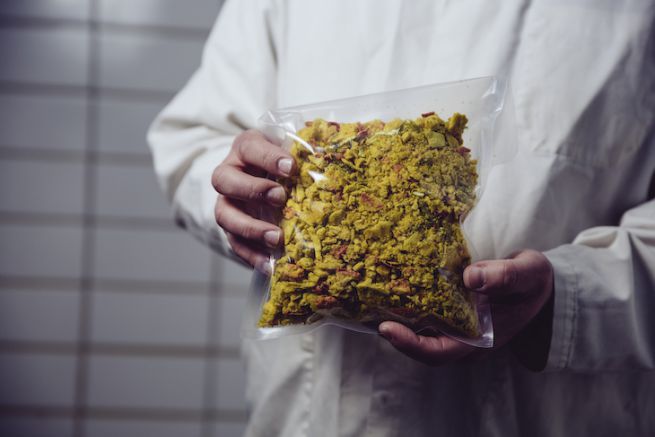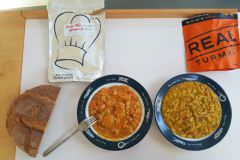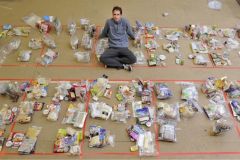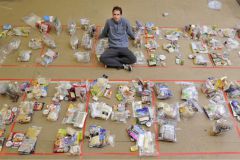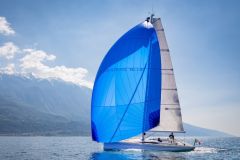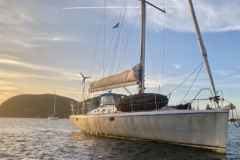The freeze-dried dish
Freeze-drying consists of freezing a fresh or cooked food (about -40°C) before vacuuming and sublimating it. Sublimation is the transition from the solid to the gaseous state without passing through the liquid stage. The food thus preserves all its vitamins and is then sealed in a packaging, protected from humidity and oxygen.
"Freeze-drying is the most complicated method to implement, as it requires a freeze-dryer, which is expensive. It is energy-intensive and there are few players on the market. But it allows to keep the texture of the products up to 99%" explains Ariane Pehrson, founder of Lyophilise&Co.
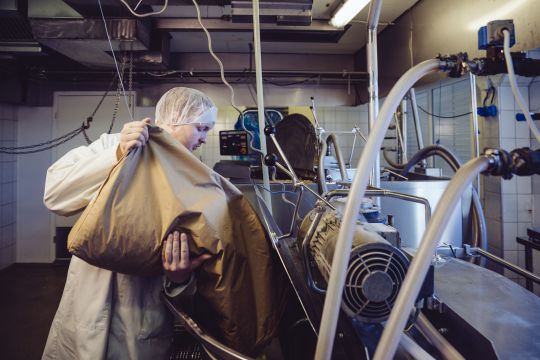
Real
There are several methods for "cooking" freeze-drying. There are therefore two types of freeze-dried products: low-end and high-end.
The first is to buy ingredients that have already been freeze-dried and mix them into a recipe. "This method is less expensive, but also of lower quality. Producers can use taste or texture enhancers, but also dehydrated foods. The latter are dried by heat, which breaks down the molecules and texture of the food. Once rehydrated, you get boiled food." explains Ariane. " When we heat, we lose in nutritional quality (vitamins and minerals) and taste", adds Clara, sales representative at Lyophilise&Co.

Real
The other method is to cook a real recipe with ingredients that simmer together. The recipe is freeze-dried after cooking. "This method is more interesting since the recipe is cooked. It's better in terms of taste and there's no need for taste enhancers, additives or hydrogenated fat." adds Ariane.
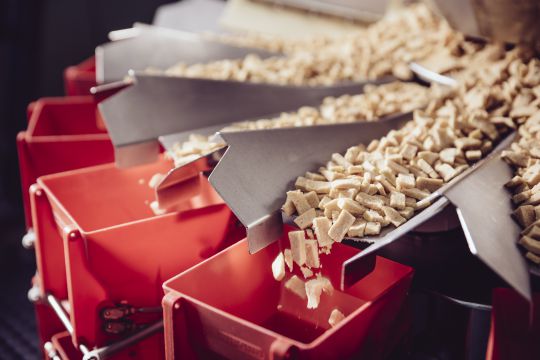
Real
The appertised dish
Appertization (or sterilization or vacuum) allows sterilized food to be stored in airtight containers. This is the case for cans or jars, for example. This technique destroys germs and microbes by heating food to a high temperature (above 100°C).
"With this method, water is conserved. The meal is cooked normally and then vacuum-packed." explains Clara.
For this category of dishes, Lyophilise&Co works with French manufacturers, often caterers, who are able to adapt their recipes to specific requests.

